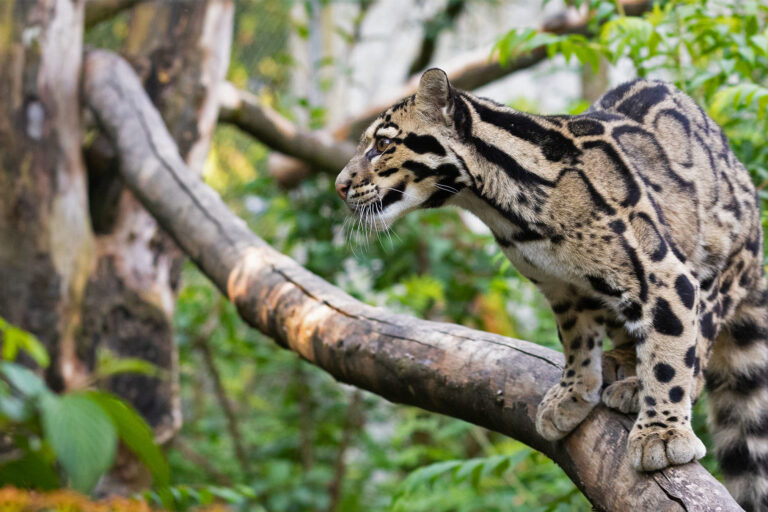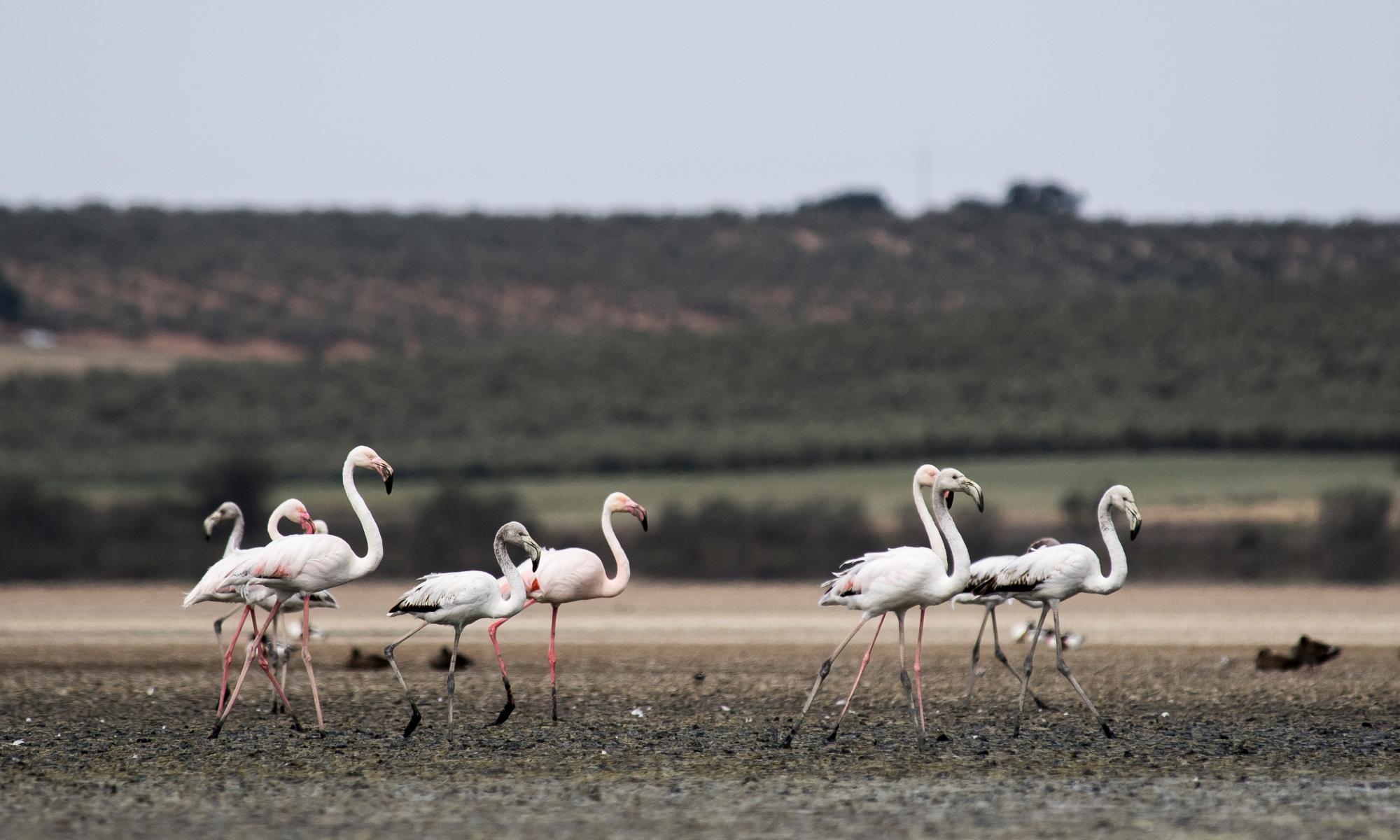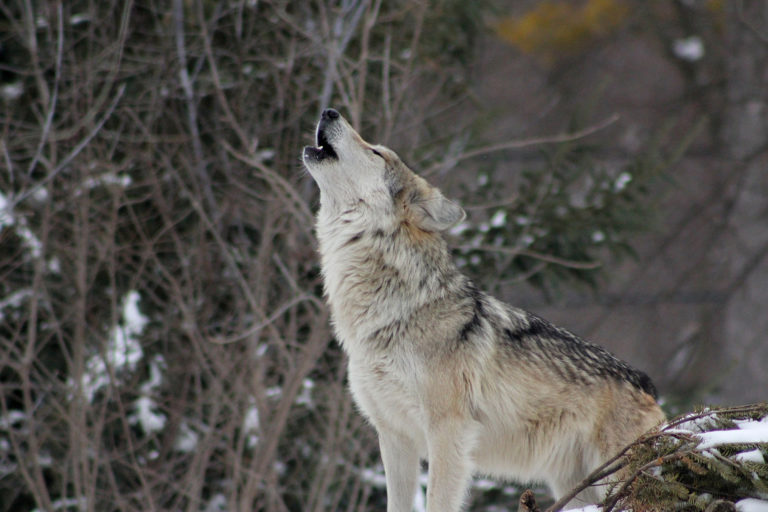As he walked along the shoreline of a Highland loch on a fine May evening, ecologist and wildlife photographer Peter Stronach could hardly believe what he was seeing. The beach was littered with dead and dying birds: male eider ducks, several species of gulls, a gannet, a puffin and no fewer than 26 pink-footed geese, which should by now have been on the way back to their Icelandic breeding grounds.
In all, Stronach recorded 72 individual birds of 17 species at Loch Fleet national nature reserve on the east coast of Scotland on that one day, plus many more in the following days.
But these birds had not been killed by a passing predator; nor were they the hapless victims of a sudden storm at sea. The cause of these deaths was a highly infectious – and for birds, usually lethal – virus. Avian influenza H5N1 or, as it is more commonly known, bird flu, is back with a vengeance.
What really worries Stronach is the range of species he found. “Earlier this spring, we noticed that avian flu was restricted to the geese; but since then it has spread to other wildfowl, raptors and seabirds.”
In previous years, it mainly occurred in winter; now, he says, it is affecting the breeding populations of iconic coastal species such as the eider.
Elsewhere in Scotland earlier this month about 20 great skuas were found dead or dying on Fair Isle, with more reported from other breeding colonies on the Shetland Isles. This followed a serious outbreak of bird flu in 2021, when hundreds of skuas died.
For any species, these deaths are a serious setback, especially at the height of the breeding season. But for great skuas and pink-footed geese, this news is especially troubling. Scotland hosts 60% of the global breeding population of great skuas, and 90% of the world population of pink-footed geese overwinter in the UK. For these two species, both of which are on the amber list of birds of conservation concern, bird flu could pose a serious threat to their long-term future.
Bird flu is by no means confined to the UK. In December 2021, an outbreak in the Hula valley, in northern Israel, killed more than 5,000 cranes out of a wintering population of 30,000 birds. In what the Israeli government called “the deadliest wildlife disaster in the nation’s history”, workers wearing hazmat suits were photographed collecting the corpses. After the outbreak, farmers were instructed to slaughter hundreds of thousands of chickens.

In Canada, a deadly strain of bird flu has already ravaged the poultry industry, resulting in almost 2 million chickens being killed. Now it has transferred not only to wild birds but mammals too. While the disease is usually confined to waterbirds, this particular strain has attacked crows, jays, gulls, raptors and even young foxes.
The US is suffering what looks to become the worst ever outbreak of bird flu – which farmers are blaming on transmission from wild birds. More than 37 million chickens and turkeys have so far been culled, with more to come. If just one bird tests positive, the farmers must destroy the entire flock.
As one report noted: “In Wisconsin, lines of dump trucks have taken days to collect masses of bird carcasses and pile them in unused fields. Neighbours live with the stench of the decaying birds.” Even the bald eagle, America’s national bird, has been affected.

Could it also affect humans? The answer is, in very rare cases, yes – usually those, such as farmworkers, who have been in close and prolonged contact with infected domesticated birds. From 2003 to 2021, almost 500 people around the world died after catching the virus.
Clearly, bird flu is something we need to take seriously. But Stronach is concerned that the current monitoring and surveillance system is designed to protect commercial poultry firms, and is not really adequate for wild bird populations. “We need urgent research to find out what other species it is found in, and, crucially, the mechanisms by which it is spreading,” he says.
He is especially concerned that if dead birds are not collected after an outbreak, they may be scavenged by buzzards, red kites, gulls and skuas, thus spreading the disease even faster.
Anyone who finds a dead or dying wild bird, which they suspect might have the disease, should not touch the corpse; nor should they attempt to rescue it if it is still alive. In the UK, they should immediately report their findings to Defra’s helpline – 03459 335577.
Find more age of extinction coverage here, and follow biodiversity reporters Phoebe Weston and Patrick Greenfield on Twitter for all the latest news and features


